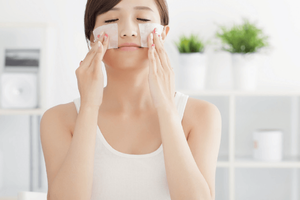Reducing Scars

Fading creams targeting skin pigmentation are helpful for pigmented scars. Sun exposure of the scar will darken it further, so protection from excessive sun exposure is essential. Occlusive scar gels and silicone gel sheets improve the hydration of the scar and soften its appearance and are useful, especially for fresh scars. Injections of small amounts of steroids into bumpy scars reduce the scaffolding of collagen in the scar. This is reserved for scars that protrude from the surface of the skin, such as keloids. It has to be performed by a trained physician as the side effects of poor injection technique are excessive thinning of the scar and caving in or depression of the skin around the scar.
Scar revision or excision can be done to replace an unsightly scar with a fine surgical scar. The scar is excised and the wound edges are stitched together with fine stitches. This can be further improved by other methods like laser therapy.
Subcision is a minor surgical procedure where the skin under the depressed scar is cut with a instrument. It frees a scar that may be bound to deeper tissues and stimulates collagen regeneration in a targeted area, making it useful for deep scars and depressed acne scars.
Chemical peels stimulate the generation of new collagen and accelerate the exfoliation of dead cells on the surface of the skin. They facilitate the repair of the scarred area and are helpful for pigmented scars and superficial depressed scars.
Intense pulsed light therapy lightens skin pigmentation and stimulates collagen formation. This is useful for pigmented and depressed scars.
There are also diverse types of laser systems for scar treatment. Vascular lasers that target red blood cells are effective in reducing the redness of fresh scars of any origin – acne, abrasions and burns. Pigment lasers penetrate deeper than chemical peels and IPL therapy and target deep-seated pigment in scars. There is a class of lasers that stimulates collagen formation in the skin without burning it such as the CoolTouch laser. This is beneficial for depressed scars such as from acne and chickenpox and is suitable for people who are averse to pain and downtime. Lasers that cause superficial burns in the skin can produce more collagen than non-invasive lasers. Such lasers will produce more results per session but are associated with greater discomfort during the procedure.
send us your enquiry
You may send your enquiry on-line simply by completing and submitting the following form.
